Picture this: I’m cradling my first 8-string guitar, a beautiful piece of craftsmanship, so full of potential. But, it’s out of tune… and an improperly tuned string can either become a symphony’s climax or a masterpiece’s downfall. More often than not, it’s the latter. Don’t beat yourself up, tuning an 8-string guitar is an art in itself and I am here to guide you through it.
You might be thinking: ‘A normal guitar tuner won’t suffice for an 8-string guitar, right?’ You’re onto something. There’s a myriad of tuning tools and methods out there, some specifically designed for 8-string monsters like ours. But without knowing what to use and how to use it, you could end up lost in a seemingly endless sea of sound waves and frequencies, each one further from your target tune than the last.
Having unlocked the potential of these beasts through years of experience, I, Robert Williams, will guide you through these complexities. Together, we’ll navigate the nuances of 8-string guitar tuning, delve into popular tuning patterns, and compare tools ranging from apps to physical tuners. With the right tools, and understanding, the rewarding sound of a perfectly tuned 8-string guitar is just strings away.
Understanding Standard Tuning for 8-String Guitars
F#BEADGBE Standard Tuning
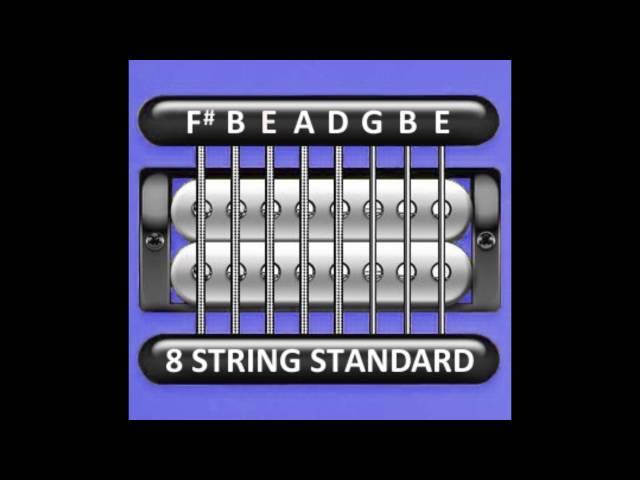
In my journey of music at the New England Conservatory, my understanding and proficiency with the 8-string guitar rose to a whole new level when I discovered the F#BEADGBE standard tuning. Not only did it widen my range of harmonic expressions, but it also unlocked a vast realm of rhythmic possibilities. This significance is why I wish to share its wonder with you.
F#BEADGBE standard tuning, as the name suggests, involves tuning the eight strings of your guitar to these distinct notes, with F# being the lowest. This isn’t just any arbitrary configuration, but rather a carefully selected arrangement that optimizes the range and potential of your 8-string guitar.
The introduction of the low F# and the B before the standard EADGBE allows for unparalleled musical exploration and creative depth. By tuning this way, you’ll have more options for key changes, chord voicings, and scale variations at your disposal — all the while maintaining familiar fretboard patterns from standard 6-string tuning. Adopting F#BEADGBE standard tuning thus serves as a unique tool in broadening your musical pallet, opening up new avenues for artistic expression.
Transitioning next into common tuning patterns, we will explore other ways to use these eight strings as a catalyst for your creativity.
Common Tuning Patterns
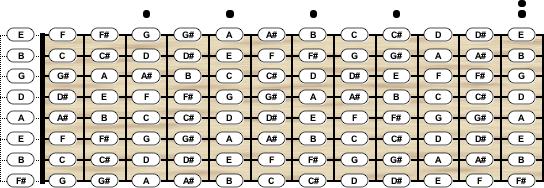
Diving deeper into the realm of 8-string guitars, I’ve learned that the creative possibilities increase exponentially with specific tuning patterns. The unique sound profiles of these tuning patterns magnify the artistic potential hidden in this extraordinary instrument. Throughout my career, the importance of understanding these patterns became ever apparent.
You could keep it simple with standard tuning, repurpose your favorite 6-string tuning, or embrace the extended range’s potential with something entirely different to adapt to your playing style. With the range of 8-string tuning patterns I’ve encountered, it’s clear each has been designed to accentuate key personality traits of the instrument. By tuning the lowest string to F#, you’re able to maintain the instrument’s natural intonation and include nuanced melody lines. A popular variant, EBEADGBE, expands the bass range for heavier genres without compromising familiarity.
Unleashing the full potential of an 8-string guitar hinges on your mastery over these tuning patterns. As such, a comprehensive understanding of tuning patterns is essential for creating a boisterous, rich, and deeply resonant soundscape indicative of the 8-string’s capabilities. In the upcoming sections, we’ll delve into hands-on tuning techniques and the best tools to help you nail that perfect pitch.
Tuning an 8-String Guitar: Tools and Techniques
Using Tuning Apps
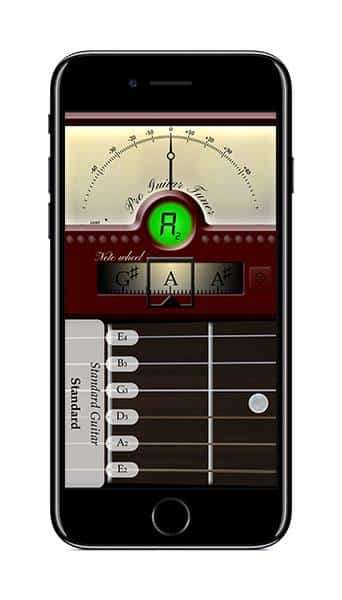
With the fast-paced progression of technology, a handy tool that has revolutionized my guitar tuning process is the 8-string tuner app. While writing my instructional books, I’ve experienced first-hand how these guitar tuning software are game-changers not just for professionals like myself, but for guitar enthusiasts at any stage.
Tuning apps are relevant tools when tuning an 8-string guitar because of their accessibility, user-friendliness, and sometimes even their free cost. An 8-string tuner app lets you get accurate tuning, no matter where you are. They’re smart, they’re simple, and they save trial-and-error time that traditional tuning methods often require.
Let me reassure you that tuning apps are not about replaing acoustic tuning methods, but rather augmenting them. Whether you’re a beginner finding your feet or an experienced artist looking for precision, tuning apps streamline the process, saving time and effort that can be better utilised in honing your skills.
In the following sections, we’ll delve deeper into different tuning tools and techniques, evaluating which one would serve your purpose the best. But it’s safe to say that no toolbox is complete today without an efficient 8-string tuner app.
Using Physical Tuners
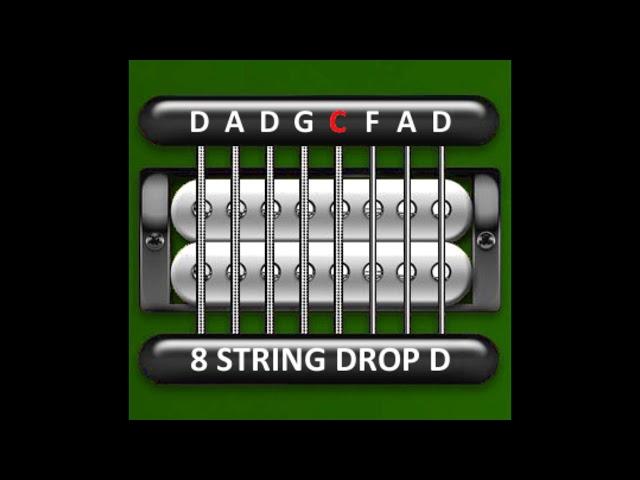
Having outlined the use of tuning apps, let’s touch upon the finesse of employing physical tuners, an oft-overlooked tool in the realm of tuning an 8-string guitar. There’s something about the tactile experience of turning multi-string guitar tuners that cannot be replicated by technology. These gadgets, in their compact solidity, bring a precision and dependability to the tuning process.
A clear favorite has always been the chromatic tuner for 8-string guitar. The chromatic tuner gives a level of accuracy that’s second to none. Being a guitar player is not just about skill; it requires you to master the sound that you’re producing. With a chromatic tuner, you can fine-tune each string individually and achieve your desired tone.
Similarly, the tuner pedal for 8-string guitar provides an ease that you’ll grow to appreciate. Its foot-switch design is especially handy during live performances and it offers high accuracy as well. Ultimately, it’s about having the right tool at your disposal and knowing how to use it effectively.
Although the flow may initially seem less fluid than with a digital tuner, with practice, the ease, accuracy, and physical interaction provided by these tuning tools can become a truly gratifying part of your musicianship journey.
Online Tuners and Their Usage
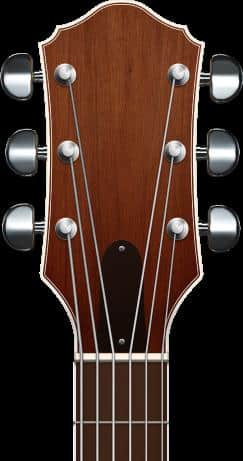
After examining physical tuners and tuning apps, let’s delve into the digital sphere with an equally valuable alternative: the ‘guitar tuner online’. As a writer and editor in the digital era, I’ve had plentiful opportunities to explore the indispensable offerings of these web-based entities.
The bulwark of online tuners lies in their flexibility, convenience, and ubiquitous accessibility. Mastering the subtle nuances involved with tuning an 8-string guitar becomes remarkably easier when a tuning guide is just a click away. In circumstances where a physical tuner is unavailable, an online guitar tuner can provide the much-needed accuracy for your extensive guitar strings.
The particularly sensitive F# and B strings demand meticulous attention, making the adoption of these online tools even more pressing. Furthermore, these tuners ensure precision while offering a wide range of tuning options, perfectly aligning with the varying tuning patterns of an 8-string guitar.
Thus, the relevance of online tuners is incontrovertible in the ‘Tuning an 8-String Guitar: Tools and Techniques’ toolkit. This harmonious collaboration of digital expertise and guitar tuning knowledge delivers a symphony of tuned strings, seamlessly enhancing your prolonged tuning endeavors.
As we progress, we will shed light on other intricate aspects such as the choice of the tuner that suits your guitar and specific tuning techniques.
Tuning Techniques for 8-String Guitars
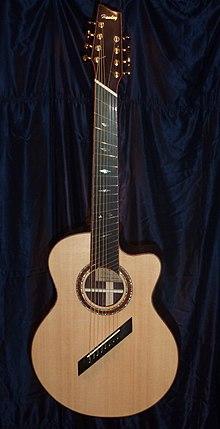
Having honed my skills under revered musicians and now guiding others via my books and articles, I present my exclusive insights on 8-string guitar tuning methods. These methods are derived from years of practical experience and rigorous training, ensuring their effectiveness.
Two primary tuning techniques are incredibly useful for an 8-string guitar. First, the regular style: here, you start with the lowest string and gradually move up to the highest, ensuring each string is properly tuned before moving to the next. While it is systematic, this method might require frequent cross-checks and adjustments.
The second technique, ‘harmonic tuning’, involves adjusting strings to match the harmonic range of its neighbour. This is slightly complex but allows for high precision. You compare the natural harmonic from the 5th fret of one string with the 7th fret harmonic of the next. They should match—if not, your strings need tuning. Have patience while mastering this technique as it’s an art that unravels beautifully over time.
These techniques hold immense value towards keeping your instrument in perfect harmony. Offering a fine blend of regularity and intricacy, they promote an understanding of your guitar at a deeper level, developing mutual synchrony between player and instrument.
Choosing the Appropriate Tuner for Your Guitar
Best Tuners for Extended Range Guitars

‘Choosing the Appropriate Tuner for Your Guitar’ would be incomplete without a special mention of the best tuners for extended range guitars. Extended range guitars, with their increased number of strings and unique tuning needs, demand the precision and flexibility provided by these top-tier tuners. After going through countless trial and errors over the years, I’ve compiled a list of the best ones that have consistently proven their worth.
My in-depth expertise and personal experiences have informed this selection, ensuring that you can benefit from my knowledge. Each tuner included in this selection excels in providing accurate and reliable tunings for extended range guitars, significantly enhancing the quality of the sound output. Their individual features cater to different needs, offering a range of options depending on the tuning requirements of your 8-string guitar.
As we move into the next section, ‘Choosing a Low Tuning Guitar Tuner’, keep in mind the attributes that make the mentioned tuners the best at handling the intricacies of extended range guitars. Choose wisely and you’ll amplify the potential of your instrument.
Choosing a Low Tuning Guitar Tuner
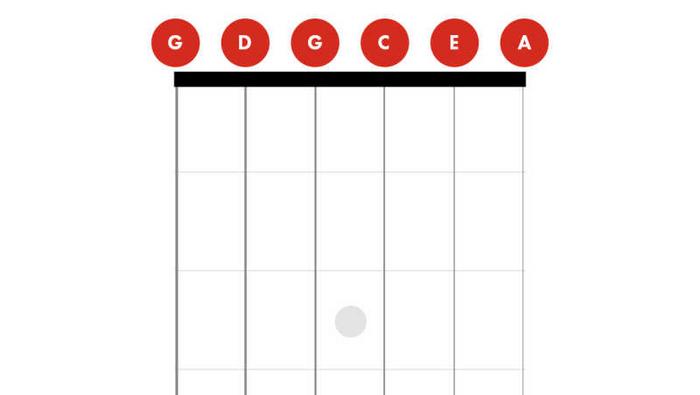
Following my years working with ‘Acoustic Guitar’ magazine, I’ve come across many tuners specifically designed for low tuning. In this section, I’ll share my expert insights to help you choose the right low tuning guitar tuner for your 8-string instrument. This is critical if you’re playing in genres that demand down-tuned strings and lower octaves.
Deciding on the perfect tuner often depends on the specific requirements of your musical style. A key factor to consider is the tuner’s frequency responses – a low tuning guitar tuner should accurately register and adjust to the deep notes offered by 8-string guitars.
I’ve built my recommendations based on reliability, precision in tuning, and ease of use, criteria that I believe should guide any musician in selecting their tool. The choice of a suitable tuner is a significant step in mastering the comprehensive art of tuning an 8-string guitar.
FAQs
What is an 8-String Guitar?
What tools do I need to tune an 8-string guitar?
What is the standard tuning for an 8-string guitar?
How often should I tune my 8-string guitar?
Are there specific steps to take when tuning an 8-string guitar?
Conclusion
Imagine being able to tune your 8-string guitar perfectly every time, ready to create the most beautiful music. This thought encapsulates the essence of guitar tuning, transforming the exercise from a mere process into an art form. This guitar tuning guide has been compiled with care to encompass the tools and methods you need to tune your 8-string guitar confidently.
As I wrap up, I invite you to view the process of tuning as a path to creative exploration. Try out varying tuning patterns supported by different tuning tools, like apps or physical tuners. Remember, top-notch tuners do exist for extended-range guitars designed to reach those lower tuning needs.
Your 8-string guitar holds vast possibilities at each tuning peg twist. The feeling of bringing your instrument into perfect harmony is a reward within itself. The process adds new dimensions to your music, just like each strum adds a rhythm to life.
With this guide, you’ll not just learn to tune your guitar but delve into the rich, satisfying journey that guitar tuning presents. So, tighten those strings and play on, towards a more melodious tomorrow!